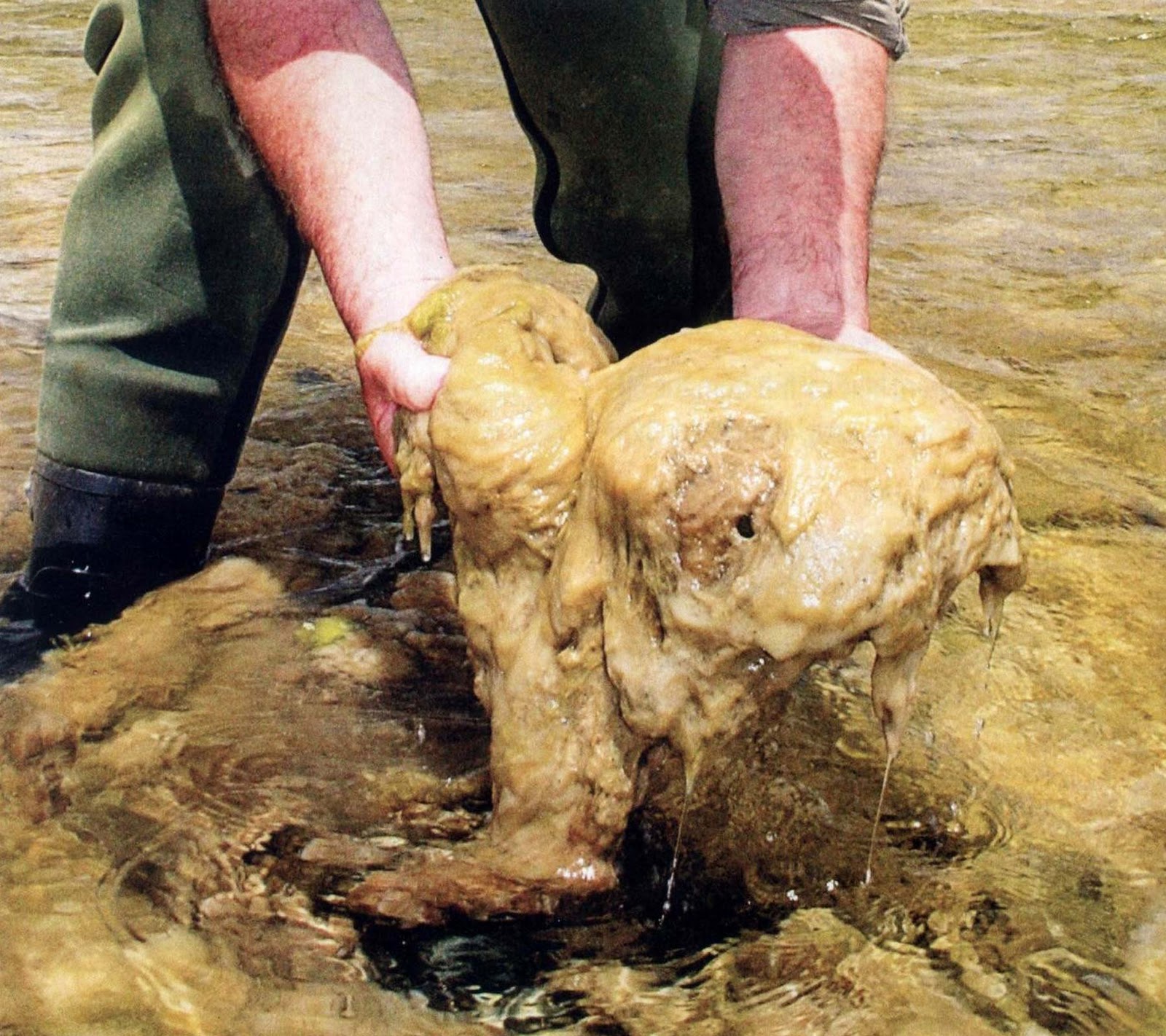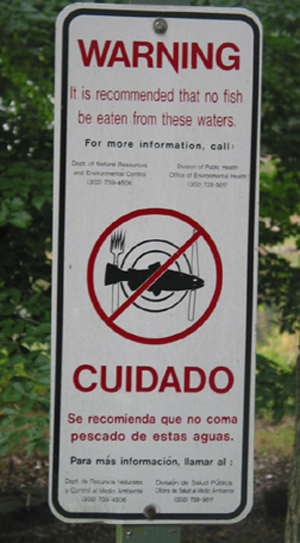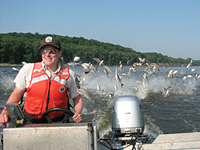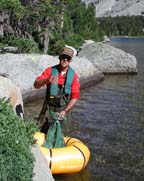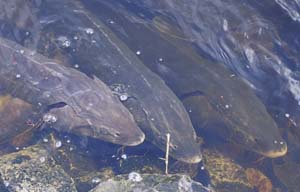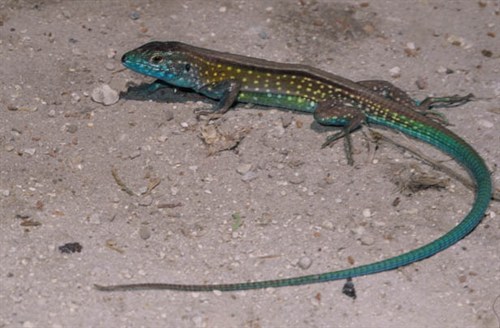 If Junior decides that his cool new pet isn’t all that cool, and his parents decide that the best way to get rid of it is to let it go in the backyard, what are the chances that it will become an invasive species?
If Junior decides that his cool new pet isn’t all that cool, and his parents decide that the best way to get rid of it is to let it go in the backyard, what are the chances that it will become an invasive species?
In a recent paper in the journal Global Ecology and Biogeography, researchers from the University of Nebraska studied both successful and unsuccessful introductions of non-indigenous vertebrate species in Florida.
For reptiles and amphibians, the biggest predictors of establishment were a small body size and a wide range in their homelands. For fish, the biggest factor was if there were other members of the fish’s genus present. Mammals became established when there were other non-native species already in the habitat. No clear pattern was detected for birds.
This research certainly doesn’t explain Florida’s python invasion, but it can provide valuable ideas for analyzing the risk of known releases or in creating importation white lists and black lists.
Read the Global Ecology and Biogeography abstract here. (Full article requires a fee or subscription.)
Photo: Rainbow lizard. Small(ish). Check. Wide range in its native land. Check. Established population in Florida. Check. Photo by Kevin M. Enge, used courtesy of the Florida Fish and Wildlife Commission.

 Many ecosystems depend on fire. While wildfires devastate the human landscape, usually wildlife doesn’t fare too badly. If a species is rare because of habitat loss, it may suffer when a wildfire changes that habitat, but mostly, on the population level and in the long term, wildlife does OK.
Many ecosystems depend on fire. While wildfires devastate the human landscape, usually wildlife doesn’t fare too badly. If a species is rare because of habitat loss, it may suffer when a wildfire changes that habitat, but mostly, on the population level and in the long term, wildlife does OK.